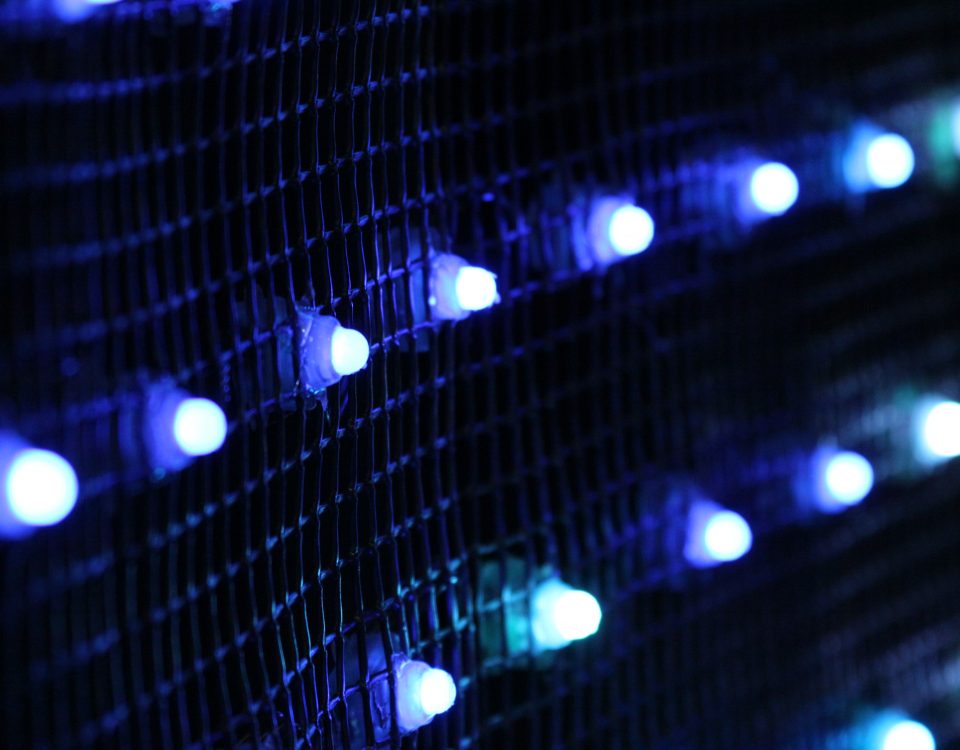The global smart lighting market is expected to grow in the next four years with a compound annual growth rate (CAGR) of 19%, according to the Global Smart Lighting Market 2016-2020 report by UK-based global marketing research and advisory firm Technavio.
The report forecasts the emergence of Internet-connected light bulbs as one of the major factors that will drive this foreseen growth.
The study also provides forecasts for the commercial, residential and public infrastructure segments. Of the three, the residential segment is expected to grow the most at a CAGR of 53% by 2020. The public infrastructure segment is seen to post a CAGR of more than 30%, while the commercial segment is expected to post a CAGR growth of 4%, both during the same period.
Not far off
With a lot of segments and industries adopting smart lighting technologies enabled by light-emitting diodes (LEDs), coupled with the fact that many of today’s economies are rolling out gradual phase-outs for traditional luminaries such as incandescent bulbs, the firm’s forecast of a 19-percent CAGR growth by 2020 is not far off.
In the industries front alone, many are finding new and innovative uses for smart LED lights like never before, including the agriculture, automotive, health care, and retail industries.
With the phasing out of traditional lighting, many households are turning to smart LED lighting for their illumination needs. Many companies in the commercial sector are also switching to smart lighting because of the many benefits that they provide.
This same can be said with the public lighting sector; urban mega cities such as Adelaide, Copenhagen, and Los Angeles are turning to smart LED lights to cut on power consumption, providing bright street illumination for their residents at the fraction of the cost.
LEDs and smart lighting
LEDs have qualities that make them more compatible with smart controls and configurations than their traditional counterparts. First, LEDs consume significantly less energy compared to traditional luminaries, even with the energy consumption of smart components factored in. LEDs also produce almost no heat, which is important for lighting systems that employ heat sensors.
Second, LEDs have longer lifespans and provide consistent lighting; they can be turned on and off repeatedly without affecting their illumination, which makes them perfect for smart lighting technologies that heavily involve on and off cycles. The emerging Li-Fi technology is great example of this.
Third, LEDs are versatile. They can come in different sizes and colours, they can withstand extreme temperatures, and they can be waterproof or configured to work underwater. All of these characteristics make LEDs perfectly compatible with smart lighting technologies, which is why the next few years will see more and more LED adoptions.
For all your LED lighting needs in Australia, MatrixLED has got you covered. We offer a wide range of LED lighting solutions to help you meet all your commercial, industrial and public lighting requirements. Visit the MatrixLED website to know more about our energy-efficient and environment-friendly LED lights. You can also reach us by visiting our Contact Us page.
Know how much you can save when you switch to our LED lighting solutions by using our free Savings Calculator. For more tips and trivia on LED lighting in Australia, don’t forget to read our other blog posts.





